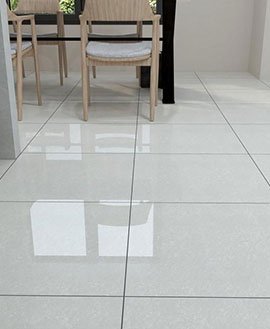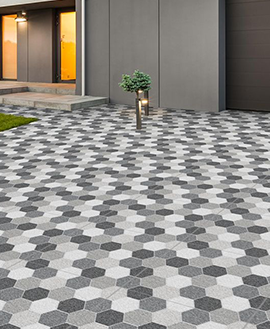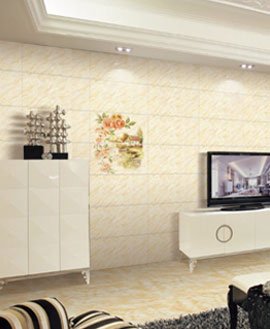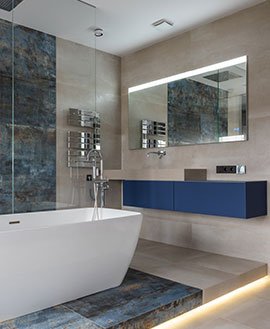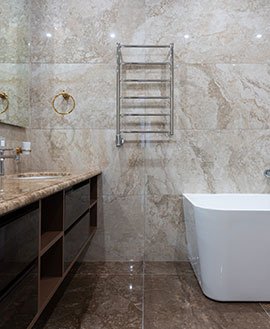For a completed surface on the floor, wall, or ceiling, tiles are unitized pieces of baked clay, metal, glass, or stone. They can be monolithic or extremely ornamental in terms of colour, texture, and profile, and they are utilized on both the inside and outside of structures. This article focuses on ceramic tiles, which are made of non-metallic materials and burned at high temperatures to harden them. Due of clay’s broad use around the world, brick and tile manufacture is common.
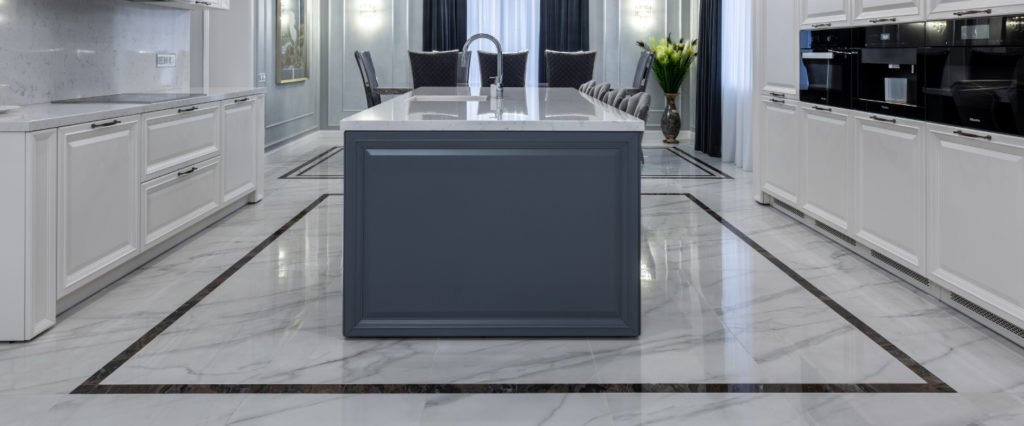
History of Tile Application
Around the fourth century BC, in the Holy Lands, tile making first appeared. As they conquered territories, the Romans brought tiling to Europe. The Uighur people of north western China created the geometric symmetry and floral patterns that would later serve as the inspiration for Turkish and Middle Eastern tiles in the 13th century in the 8th and 9th centuries.
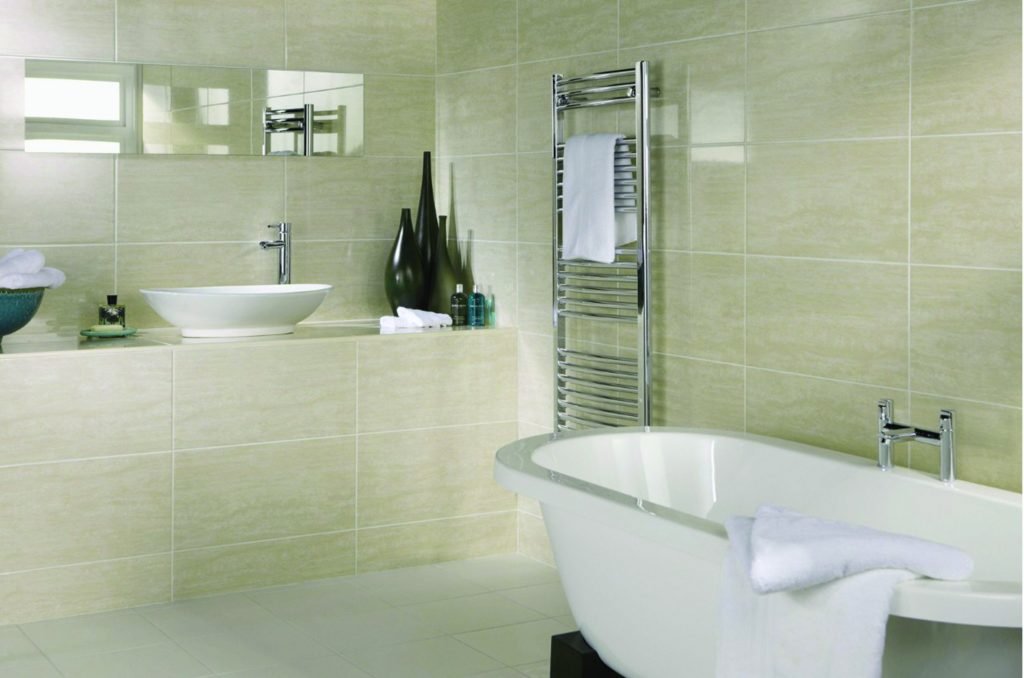
The Cistercian monks rediscover the Roman art form in the 12th century after it had vanished. Encaustic tiles, which they created, are pressed tiles with a multicolour design imprinted on them. Later in the 16th century, this technique was abandoned, and it wasn’t until the 17th century that these tiles, as well as Delft tile in Holland, began to flourish in Turkey.
The tile industry saw a resurgence in popularity in the middle of the 18th century, and manufacturing expanded throughout Europe. Around 1843, Herbert Minton restarted the production of encaustic tiles in England. This technique was replaced by machine pressing drier clay to create tiles in large quantities. Solid colour tiles were manufactured in Central and South America as early as the late 16th century, but until the United States developed its own industry beginning in 1870, it imported tiles from Europe.
Ceramic Tiles became widely used as a surface that could be washed and sterilized during the Victorian era, when there was a drive for cleanliness and public health. Encaustic tiles had formerly dominated the tile market. White and colourful ceramic tiles first appeared in the 1890s, then faience (variegated) glazed tiles. Consistently coloured tiles became attainable in the 1900s with the introduction of ready-mix glazes.
Intrinsic Properties of Tiles
Clay is typically used to make ceramic tile, which is shaped while still flexible and then dried before being burnt in a kiln. Clays are naturally occurring substances that differ locally in terms of workability, colour, texture, density, and porosity. The temperature at which the tile is fired also influences its colour and toughness.
Tiles come in two varieties: glazed and unglazed. Green or fired tiles acquire a coloured surface before being fired, creating glazed tiles. Unglazed tiles either obtain their colour directly from the clay or from additions like oxides, dyes, or pigments. Quarried, encaustic, and mosaic tiles are examples of unglazed tiles.

Prior to being broken into smaller units and set as tiles, quarry tiles were just stone fragments removed from the quarry. Clay is extruded, cut into uniform but thick slices, and fired to produce quarry tiles that are often squares or rectangles in earthy tones of brown, red or grey.
Encaustic tiles are made of a clay body with a design pressed into the top. To create the final appearance, liquidized clay, or extremely thin, coloured “slip,” was poured into the pattern and baked.
Tiles Installation Approaches
Over the years, tile laying has not altered all that much. Over a sturdy foundation of bricks or concrete, tiles were set in a mortar bed after being soaked in water. Once the tiles were in place, the spaces between them would be filled with pure cement mortar, occasionally coloured with lamp-black. When a tile finish was required and there were wood floors extant, the boards were removed and put flush to the top of the supporting joists.
To keep the wood apart from a concrete underlayment that had been placed, tar paper was used. Newer technology was first used as substrate at the turn of the 20th century, such as plywood, however over time, these substrates degraded due to moisture and are no longer advised by the Tile Council of North America.
Tile Maintenance
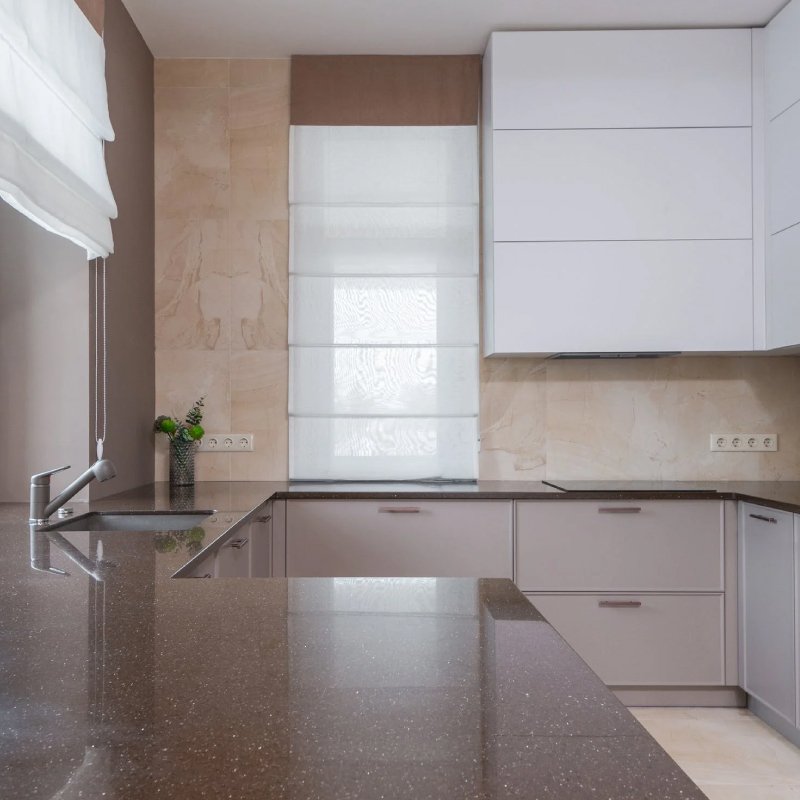
The gentlest method should always be used to start cleaning. Sweeping followed by warm, moist mopping could be enough. Cleaners that are abrasive or acidic shouldn’t be used. Any form of chemical cleaner that is being considered should be tried first on a tiny, discreet area to be sure it won’t stain the tile, abrade it, or leave behind etching or efflorescence. Before using any cleaning, always thoroughly soak the floor tile. This will fill the pores with clean water and prevent harmful chemicals from penetrating as far.
To avoid setting a stain, stains should always be recognized before washing. A light ammonia cleaning can be used to damp tiles to remove tough stains like oil, heel scuffs, or asphalt. Then the tiles should be completely washed.
Other than waxing, historical ceramic tiles were largely left alone after installation. Before it is laid, any treatment—coating, sealer, or wax—should be carefully considered because they will require more upkeep than the ceramic tile alone.
Setback and Reasons
Despite their durability, ceramic tiles can fail in a number of ways.
Tile’s primary foe is abrasion. Although floor tiles are normally sturdy and resistant to damage, years of heavy foot activity can cause them to lose their pattern or even thin out, which is especially visible on stair treads and walk patterns.
Glazes occasionally show pitting or crazing but are normally just as durable as the tile. Lead-glazed pottery from the 1800s that was fired at low temperatures is where this is more commonly seen.
The bedding mortar may become saturated with moisture, weakening the connection between the tile and the substrate and causing the grout to mildew. Tiles with porous substrates that are frequently exposed to moisture have a tendency to spall.
Tiles that are loose, popped, or unbonded are the result of the setting bed failing. There are various reasons for this, including mortar that is too strong or was not properly prepared, a substrate that bends and compromises the mortar’s binding, or potent cleaning agents that weaken the grout and allow moisture to seep into the mortar bed.


